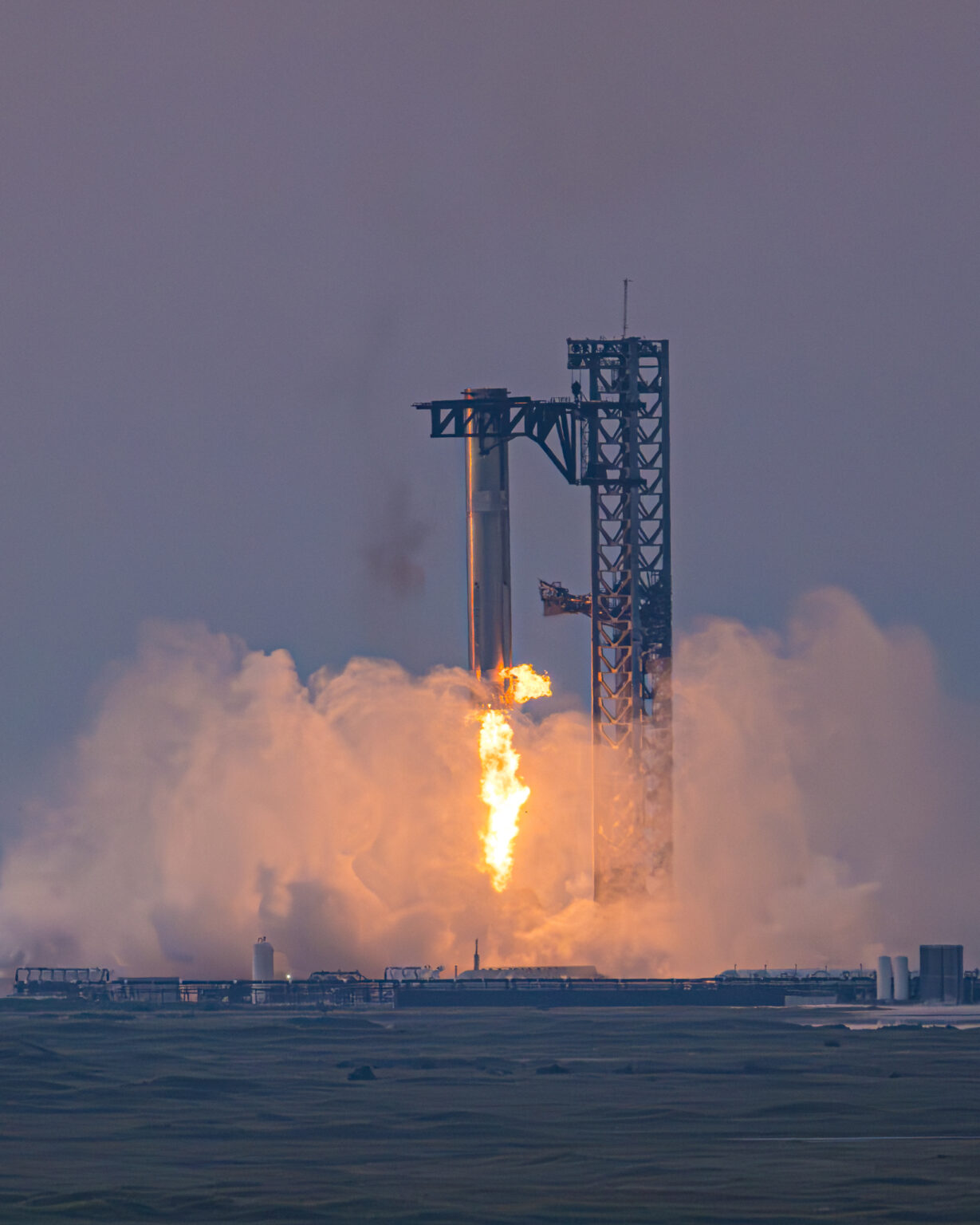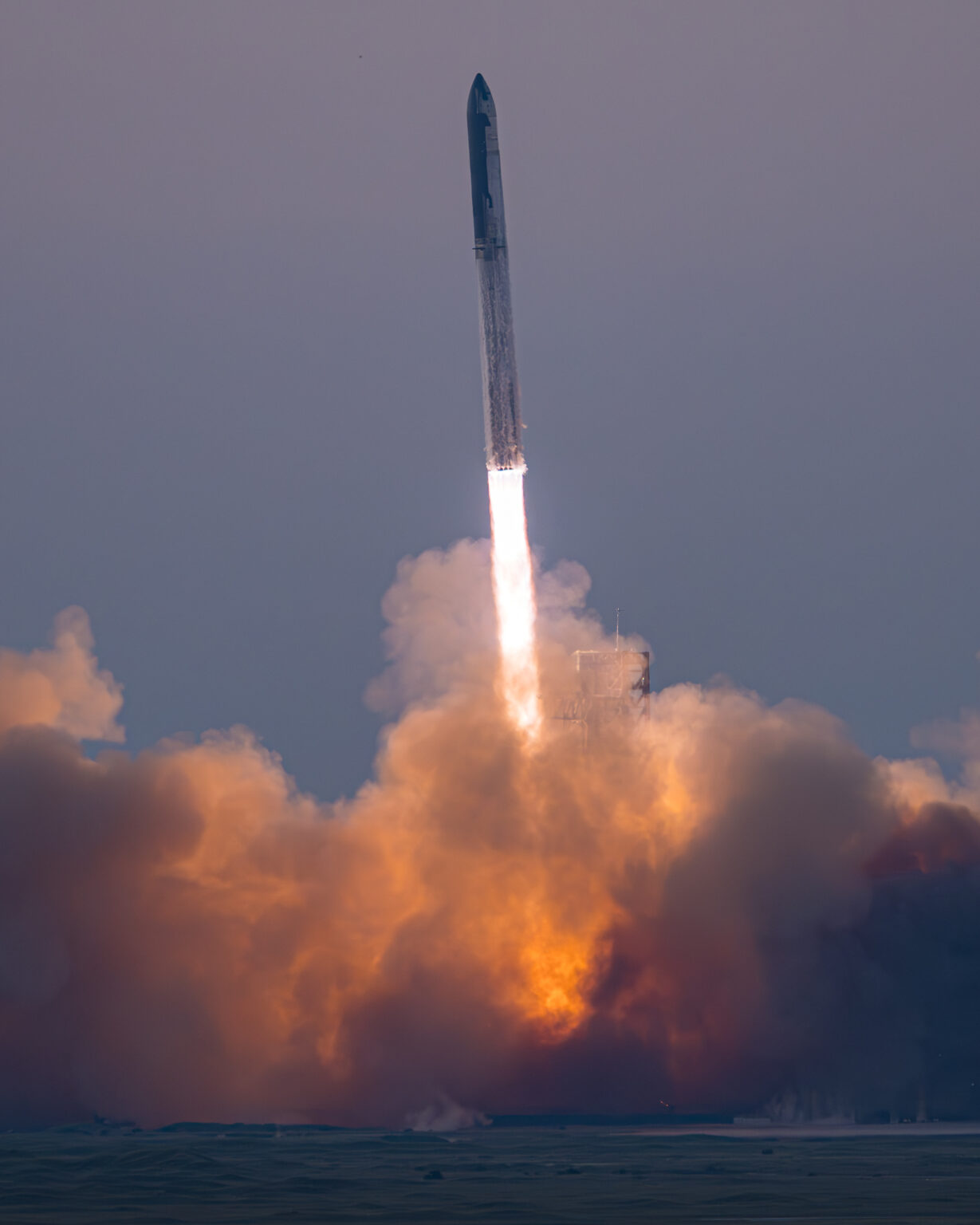SpaceX has once again managed to write its name in the history of astronautics. The huge Mechazilla tower built by the company managed to successfully catch the Super Heavy booster the first time.
Catch the first time
“Catching“ Super Heavy took place during Starship’s fifth test, which was conducted on October 13. The huge rocket took to the sky in normal mode. After separating from Starship, the Super Heavy booster dropped the transition section and then performed a return maneuver. After flight controllers gave the green light to “catch” it, the Super Heavy headed for the Starbase spaceport.
Mechazilla has caught the Super Heavy booster! pic.twitter.com/6R5YatSVJX
— SpaceX (@SpaceX) October 13, 2024
At an altitude of a kilometer, the booster re-activated its engines, reducing the landing speed. After the 250-ton device hovered near the Mechazilla tower, its arms picked it up and successfully fixed it, putting to shame all the skeptics who didn’t believe this technology could work.

The success of the operation is a huge step forward for SpaceX. The company has proven the viability of booster return technology, and it did it right the first time. This paves the way for the start of regular use of Starship to launch cargo into orbit and explore space.
Starship splashdown and explosion
As for the Starship itself, it was brought to the calculated trajectory. The spacecraft made a partial orbit around the Earth, after which it entered the atmosphere.

Unlike the previous flight, this time Starship’s descent wasn’t so dramatic. The spacecraft passed through the Earth’s atmosphere, taking less visible damage than the previous time, and then reduced speed and gently splashed down in the waters of the Indian Ocean. Shortly after this, the prototype exploded, which was captured by an automated buoy pre-installed by SpaceX in the landing area. This indicates that the engineers managed to achieve the necessary accuracy of Starship’s flight and descent.
Splashdown confirmed! Congratulations to the entire SpaceX team on an exciting fifth flight test of Starship! pic.twitter.com/FhCGznq9RO
— SpaceX (@SpaceX) October 13, 2024
The success of this operation is also extremely important to SpaceX. It clearly demonstrates the speed with which the company solves technical problems identified during testing. Given the rapid progress in bringing Starship up to full spaceflight, recent claims by SpaceX executives that the craft could be launched to Mars as early as 2026 are starting to seem less fantastic than they seemed before today’s flight.


